Table of Contents
What are Public Sector Banks?
The banking and financial sector is the backbone of every economy as both the government and the masses rely on both public sector banks and private sector banks to a great extent for numerous services like saving money, transferring funds and conducting financial transactions.
Public Sector Banks are the banks through which the government can regulate the banking and financial guidelines. The most important criterion of the public sector banks is that at least 50% ownership is held by the government of India through the Ministry of Finance or State Ministry of Finance.
In the year 1955, the Central government for the first time stepped into the banking sector by nationalizing the Imperial Bank of India, taking 60% stake under its authority and renaming it as State Bank of India. The Reserve Bank of India is the central banking institution of India and as of 1st January 2021, there are 12 public sector banks, 14 nationalized banks and 43 regional rural banks in India
Public sector banks are commercial banks that tend to all sectors from urban to rural. These are organized under the Banking Companies Act 1956 and have a unified structure. Public Sector Banks are considered more trustworthy by the people as they are under the direct authority of the government. These banks have a huge customer base and are traded at the Indian Stock Market.
What are the Functions of Public Sector Banks?
1. Accepting Deposits
Public sector banks provide safe custody to the money deposited in the bank through options like saving deposits, fixed deposits, recurring deposits and current deposits
2. Mobilize Resources
The most important function of the public sector banks is to mobilize the resources as well as the capital that has been collected through deposits and savings for different periods
3. Lending Money
The money that is garnered through deposits is not kept idle in the public sector banks instead is loaned to individuals as well as customers belonging to different industries at higher interest rates so that ultimately it is the bank that can reap more profits from the money
4. Facilities provided by public sector banks
The public sector banks provide numerous facilities to their customers like cheque collection, draft creation, remittance, locker facility, periodic collections, portfolio management, bank guarantee, transfer of funds, overdraft facility, mutual fund plans, insurance, savings and loan schemes
5. Developmental Activities
Public sector banks are the ones that are entrusted with carrying out the objectives of the government like pensions, loans and government schemes.
6. Collection of Taxes
Public Sector Banks are responsible for the collection of taxes
7. Higher connect
As public sector banks are considered trustworthy they can connect with more and more people in both rural and urban areas
In this article, we list out the top 12 Public Sector banks in India. The list is ranked by Market Capitalization and other metrics like Revenue, number of employees, net income etc.
Top 12 Public Sector Banks in India as per Market Capitalization
1. State Bank of India (SBI)
- Market Cap: INR 4.2 trillion (June 2023)
- Government Shareholding: 61% (1st January 2023)
- Market Value: 41.4 billion USD (1st January 2023)
- World Rank: 500 (1st January 2023)
- Founded: 2nd June 1806 as Bank of Calcutta and 1st July 1955 as State Bank of India
- Headquarters: Mumbai, Maharashtra, India
- Area Served: Worldwide
- Branches in India: 22,341
- ATMs in India: 63,538
- Regional Hubs: 16
- Zonal Offices: 57
- International Branches: 231 in 31 countries
- Employees: 250,000
- Revenue (TTM): 12 billion USD / INR 420,000 crore (31st March 2023)
- Net Income (TTM): 3.3 billion USD / INR 24,000 crore (31st March 2023)
- Total Assets: 720 billion USD / INR 5,200,000 crore (31st March 2023)
- Taglines: Pure Banking Nothing Else, With You All The Way, The Nation’s Banks On Us
State Bank of India (SBI) is the largest bank in India and the 48th largest in the world. It has a market share of 23% by assets and 25% share based on the total deposits and loans market. SBI is also the largest bank in India based on employees, customers, branches and profits. It is also the fifth largest employer in India with nearly 250,000 employees. On 14 September 2022, State Bank of India became the third lender (after HDFC Bank and ICICI Bank) and seventh Indian company to cross the ? 5-trillion market capitalisation on the Indian stock exchanges for the first time.
Consolidation of State bank of India occurred through the merger of its subsidiaries one by one starting with State Bank of Saurashtra in 2008 and later other subsidiaries like State Bank of Travancore, State Bank of Patiala etc.
2. Punjab National Bank (PNB)
- Market Cap: INR 485.4 billion (June 2023)
- Government Shareholding: 82.74% (1st January 2023)
- Market Value: 50.5 billion USD (1st January 2023)
- World Rank: 850 (1st January 2023)
- Founded: 12th April 1894
- Headquarters: New Delhi, India
- Area Served: India
- Branches in India: 12,341
- ATMs in India: 21,000
- Customers: 186 million +
- Employees: 105,000
- Net Profit: Rs 3,348.45 crore (March 31, 2023)
- Revenue :Rs 99,084.88 crore (US$12 billion) (2023)
Net Income: Rs 3,348.50 crore (US$420 million) (2023)
Total Assets: Rs 1,493,648.94 crore (US$190 billion) (2023) - Capital ratio: 14.35% (2022)
- Tagline: The Name You Can Bank Upon
Punjab National Bank (PNB) is listed on the National Stock Exchange of India and Bombay Stock Exchange. It is the second-largest commercial bank in India based on networks and third largest public sector bank in India based on business volumes after the merger of its subsidiaries United Bank of India and Oriental Bank of Commerce. PNB has over 180 million customers, 12,248 branches, and 13,000+ ATMs.
The product and service portfolio of Punjab National bank includes wealth management, private equity, private banking, mortgage loans, investment banking, finance and insurance, corporate banking, consumer banking and credit cards
3. Bank of Baroda
-
- Market Cap: INR 550.58 billion (June 2023)
- Government Shareholding: 70% (1st January 2023)
- Market Value: 58.5 billion USD (1st January 2023)
- World Rank: 900 (1st January 2023)
- Founded: 20th July 1908
- Headquarters: Vadodara, Gujarat, India
- Area Served: Worldwide
- Overseas offices: 113 in 25 countries
- Joint Venture: Zambia (16 branches)
- Total Branches: 8,444
- ATMs: 10,433
- Customers: 153 million+
- Employees: 88,500
- Revenue: 110,777.98 crore (US$14 billion) (2023)
Net Income: 14,905.20 crore (US$1.9 billion) (2023)
Total Assets: 1,525,878.97 crore (US$190 billion) (2023) - Capital ratio: 14.25% (2022)
- Tagline: India’s International Bank
Bank of Baroda is a public sector bank headquartered in Vadodara, Gujarat, India. It is the second-largest public sector bank in India after State Bank of India, with 153 million customers, a total business of US$218 billion, and a global presence of 100 overseas offices. Bank of Baroda offers a range of financial services, including correspondent banking, deposit accounts, NRI services, and more.
Products and services of Bank of Baroda includes asset management, securities, private equity, consumer banking, mortgage loans, investment banking, corporate banking and consumer banking
Bank of Baroda has a large presence in Mauritius, with about nine branches spread out in the country. The bank is also engaged in retail banking via the branches of subsidiaries in Botswana, Guyana, Kenya, Tanzania, and Uganda.
4. Indian Overseas Bank
- Market Cap: INR 450.58 billion (June 2023)
- Government Shareholding: 94.1% (1st January 2023)
- Market Value: 3.78 billion USD (1st January 2023)
- World Rank: 4,500 (1st January 2023)
- Founded: 10th February 1937
- Headquarters: Chennai, Tamil Nadu, India
- Area Served: India
- Total Branches: 3,400
- International Branches: 7
- Employees: 27,000
- Revenue (TTM): $1.63 B (2023)
- Net Income (TTM): $370 million (31st March 2023)
- Total Assets: $40 billion (2022)
- Tagline: Good People To Grow With
Indian Overseas Bank was founded with the primary objective of dealing in overseas banking and foreign exchange banking business. Currently, it is the fourth-largest public sector bank in India and one of the two important public sector banks recommended by NITI ayog for privatization.
The product and service portfolio of Indian Overseas Bank includes savings, credit cards, loans and investment banking facilities
5. Bank of India
- Market Cap: INR 340.58 billion (June 2023)
- Government Shareholding: 87.3% (1st January 2023)
- Market Value: 2.88 billion USD (1st January 2023)
- World Rank: 5,000 (1st January 2023)
- Founded: 7th September 1906
- CMD: Atanu Kumar Das
- Headquarters: Mumbai, Maharashtra, India
- Area Served: India
- Total Branches in India: 5,125
- Zonal Offices in India: 55
- Branches outside India: 62
- Subsidiaries outside India: 6
- Joint Venture Abroad: 1
- Employees: 51,000
- Revenue: ?15,926.04Cr (Q1, 2023)
- Net Income (TTM): $450 million (31st March 2023)
- Total Assets: $95 billion (2022)
- Tagline: Relationships Beyond Banking
Bank of India is an Indian public sector bank headquartered in Bandra Kurla Complex, Mumbai. Bank of India was initially a private banking institution that was nationalized in the year 1969 by the Government of India. It is a founding member of SWIFT which encourages the provision of communication and financial provision services.
The product portfolio includes savings, wealth management, asset management, securities, corporate banking and investment banking etc.
6. Union Bank of India (UBI)
- Market Cap: INR 325.58 billion (June 2023)
- Government Shareholding: 86.5% (1st January 2023)
- Market Value: 3.68 billion USD (1st January 2023)
- World Rank: 4,000 (1st January 2023)
- Founded: 11th November 1919
- Headquarters: Mumbai, Maharashtra, India
- Area Served: India
- Total Branches: 9,525
- International Branches: 5 (Sydney, Antwerp, Dubai, Hong Kong, and Shanghai)
- Employees: 75,500 (FY23)
- Revenue: 97,078.50 crore (US$12 billion) (2023)
Net Income: 8,511.70 crore (US$1.1 billion) (FY23)
Total Assets: 1,288,357.10 crore (US$160 billion) (FY23) - Capital ratio: 13.15%
- Tagline: Good People To Bank With
With the merger of Corporation Bank and Andhra bank with Union Bank of India it became the sixth-largest public sector bank in India under the supervision of the Government of India. Currently, it boasts of a total business worth 106 billion USD and 120+ million customers.
The bank offers a range of services, including net banking, corporate banking, and NRI banking. UBI has a network of over 8,700 domestic branches, 11,100 ATMs, and 15,300 business correspondent points, serving over 120 million customers with 75,000 employees. The bank also has representative offices in Shanghai, Beijing, and Abu Dhabi, and operates in the United Kingdom through its wholly-owned subsidiary, Union Bank of India (UK)
It is the fifth-largest public sector bank based on branch networks. It operates in the United Kingdom through its subsidiary Union Bank of India (UK) and has established representative offices in Abu Dhabi, Beijing and Shanghai.
7. Canara Bank
- Market Cap: INR 390.58 billion (June 2023)
- Government Shareholding: 75% (1st January 2023)
- Market Value: $4.58 billion USD (1st January 2023)
- World Rank: 3,500 (1st January 2023)
- Founded: 1st July 1906 at Mangalore
- Headquarters: Bengaluru, Karnataka, India
- Area Served: India
- Total Branches: 10,500
- Total ATMs: 12,372
- Employees: 91,000
- Revenue : 111,209.76 crore (US$14 billion) (2023)
Net Income: 10,807.80 crore (US$1.4 billion) (2023)
Total Assets: 1,381,029.56 crore (US$170 billion) (2023) - Capital Ratio: 13.36%
- Tagline: Together We Can
Canara Bank was merged with Syndicate Bank on 1st April 2020 making it the fourth-largest public sector bank in India. It has offices outside India in New York, Tanzania, Dubai, Shanghai, Moscow, Hong Kong and London.
Canara Bank is an Indian public sector bank based in Bangalore. It was established in 1906 at Mangalore by Ammembal Subba Rao Pai and was nationalized in 1969. Canara Bank offers a wide range of banking services such as savings accounts, fixed deposits, debit cards, and more. They also have a mobile banking app called “Canara ai1” that offers more than 250 features, including multi-mode funds transfer, fixed and recurring deposit opening, Fastag recharge, and more.
The main menu in the product portfolio of Canara Bank includes credit cards, mortgages, pensions, asset management, private banking, retail banking etc.
8. Central Bank of India
- Market Cap: INR 195.58 billion (June 2023)
- Government Shareholding: 91% (1st January 2023)
- Market Value: $1.287 billion USD (1st January 2023)
- World Rank: 7,000 (1st January 2023)
- Founded: 21st December 1911
- Headquarters: Mumbai, Maharashtra, India
- Area Served: India
- Total Branches: 4,675
- Total ATMs: 3670
- Employees: 34,000
- Revenue : 25,897.44 crores INR (2023)
- Net Income: 1,045 crore (US$130 million) (2023)
Total Assets: 407,079.71 crore (US$51 billion) (2023) - Capital Ratio: 13.5%
- Tagline: Central To You Since 1911, Build A Better Life Around Us
Central Bank of India is a public sector bank based in Mumbai, India. Despite its name, it is not the central bank of India; the Reserve Bank of India is the central bank of India.
Central Bank of India has the distinction of being one of the oldest government-owned banks in India and is one of the two public sector banks that has been recommended by NITI ayog for privatization.
Central Bank of India offers a variety of services to its customers, including fund transfer facilities through IMPS with an enhanced per transaction limit up to Rs. 500,000 and lesser service charges available through mobile/internet banking
The Central Bank has a pan-India presence spread to 28 states, 7 union territories and 574 district headquarters. It has also approached RBI for permission to open offices in London, Doha, Dubai and Singapore.
9. Bank of Maharashtra
- Market Cap: INR 244.475 billion (June 2023)
- Government Shareholding: 91% (1st January 2023)
- Market Value: $1.98 billion USD (1st January 2023)
- World Rank: 5,500 (1st January 2023)
- Founded: 16th September 1935
- Headquarters: Pune, Maharashtra, India
- Area Served: India
- Branches in India: 1,900
- Employees: 13,000
- Revenue: 18,178.73 crore (US$2.3 billion) (2023)
- Net Income: 2,602 crore (US$330 million) (2023)
- Total Assets: 267,651 crore (US$34 billion) (2023)
- Capital ratio: 18% (2023)
- Tagline: One Family One Bank
Bank of Maharashtra is a public sector bank headquartered in Pune, India. It has 2022 branches across the country and had 29 million customers as of March 2022. The bank offers a range of products and services for personal banking, corporates, MSMEs, and NRI customers, including deposits, loans, and digital products.
Bank of Maharashtra boasts of a total business worth INR 266,000 lakh crore (31st December 2020) and 15+ million customers (March 2021). It also has the largest network of branches by any public sector bank in Maharashtra.
The Bank of Maharashtra has a vast product portfolio that includes credit cards, mortgages, asset management, finance and insurance, private banking, retail banking and consumer banking etc.
10. UCO Bank
- Market Cap: INR 274.81 billion (June 2023)
- Government Shareholding: 93% (1st January 2023)
- Market Value: $2.38 billion USD (1st January 2023)
- World Rank: 4,500 (1st January 2023)
- Founded: 6th January 1943
- CEO: Atul Kumar Goel
- Headquarters: Kolkata, West Bengal, India
- Area Served: India
- Branches in India: 3,100+
- ATMs in India: 2,600
- International Branches: 2
- Employees: 23,000
- Revenue: 4,10,967.19 crores INR (2023)
- Net Income (TTM): 7343.13 crores INR (31st March 2023)
- Total Assets: $37 billion (2022)
- Capital Ratio: 12.2%
- Tagline: Honors Your Trust
UCO Bank is an Indian public sector bank that was established in 1943 in Kolkata. With a total business of INR 3, 24 lakh crore, UCO Bank is the 10th largest public sector bank in India based on market cap. It is ranked at 80th position on the list of Fortune 500.
UCO Bank has spread its presence all over India with 49 zonal offices and 4,000 + service units. Its overseas branches are located in Hong Kong and Singapore. . The motto of UCO Bank is “Honours your Trust”.
11. Indian Bank
- Market Cap: INR 287.34 billion (June 2023)
- Government Shareholding: 85% (1st January 2023)
- Market Value: $2.61 billion USD (1st January 2023)
- World Rank: 4,000 (1st January 2023)
- Founded: 15th August 1907
- CEO: Padmaja Chunduru
- Headquarters: Chennai, Tamil Nadu, India
- Area Served: India
- Branches in India: 6,000+
- Overseas Branches: 2
- ATMs in India: 5,400
- Employees: 42,000
- Revenue: 52,085 crore (US$6.5 billion)
- Net Income: 5,282 crore (US$660 million) (2023)
- Total Assets: 710,500.73 crore (US$89 billion) (2023)
- Capital Ratio: 16.49%
- Tagline: Your Tech-Friendly Bank
Indian Bank is an Indian public sector bank that was established in 1907 and is headquartered in Chennai. It serves over 100 million customers and has a total business of ?1,094,752 crore (US$140 billion) as of March 2023. The bank has 41,645 employees and operates 5,814 branches with 4,929 ATMs and cash deposit machines
Indian Bank has 227 overseas correspondent banks spread in 75 countries, overseas branches in Singapore and Colombo and a foreign currency banking unit at Jaffna and Colombo. After its merger with Allahabad Bank, Indian Bank has become the seventh-largest bank in India.
12. Punjab & Sind Bank
- Market Cap: INR 138.11 billion (June 2023)
- Government Shareholding: 82% (1st January 2023)
- Market Value: $1.14 billion USD (1st January 2023)
- World Rank: 7,500 (1st January 2023)
- Founded: 24th June 1908
- CEO: S.S. Mallikarjuna Rao
- Headquarters: New Delhi, India
- Area Served: India
- Branches in India: 1,540
- ATMs in India: 1,460
- Zonal Offices: 25
- Employees: 9,000
- Revenue (TTM): $0.48 B (2023)
- Net Income (TTM): 2973 crore INR (FY 2023 )
- Total Assets: $130 billion (2022)
- Capital Ratio: 13.2%
- Tagline: Where Service Is A Way Of Life
Punjab & Sind Bank is an Indian public sector bank headquartered in New Delhi. It was established in Amritsar on 24 June 1908 by Bhai Vir Singh, Sir Sunder Singh Majitha, and Sardar Tarlochan Singh to serve the then Sind and Punjab areas of colonial India. As of 18 April 2023, the bank has 1553 branches which are widely spread across India out of which 635 branches are in the state of Punjab, and 25 zonal offices located all over India It was nationalized by the Government of India on 15th April 1980.
The main menu in the product and service portfolio of Punjab and Sind Bank includes BHIM, UPI, SMS Banking, Mobile Banking, Internet Banking, ATM and Debit Card, etc.
Did you know about the recent financial turnaround of India’s public sector banks?
Record Profits in Recent Years
Public sector banks in India have shown a remarkable recovery by posting a collective net profit of over INR 66,500 crore in the fiscal year 2021-22, which is a significant increase from INR 31,816 crore in the previous fiscal year. This turnaround is attributed to improved asset quality and better recovery mechanisms. (Source: Ministry of Finance, Government of India)
Significant Reduction in NPAs
The gross Non-Performing Assets (NPAs) of public sector banks have decreased sharply from around 14.6% in March 2018 to approximately 5.9% by March 2022. This decline is due to stringent recovery efforts and enhanced credit monitoring systems. (Source: Reserve Bank of India)
Liked this post? Check out the complete series on Lists
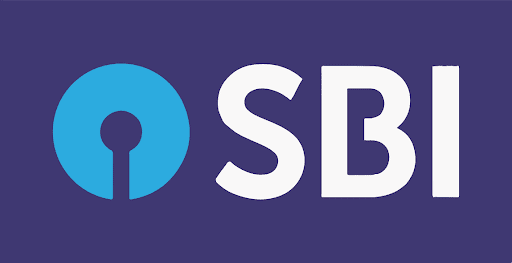
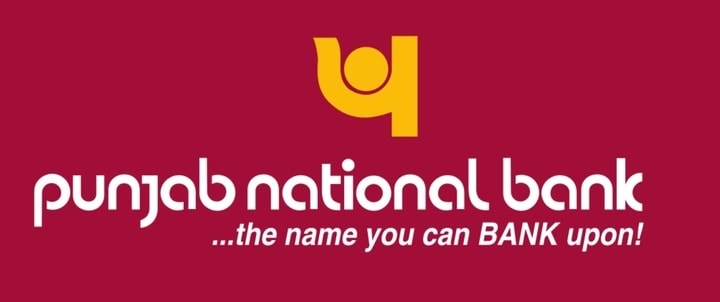


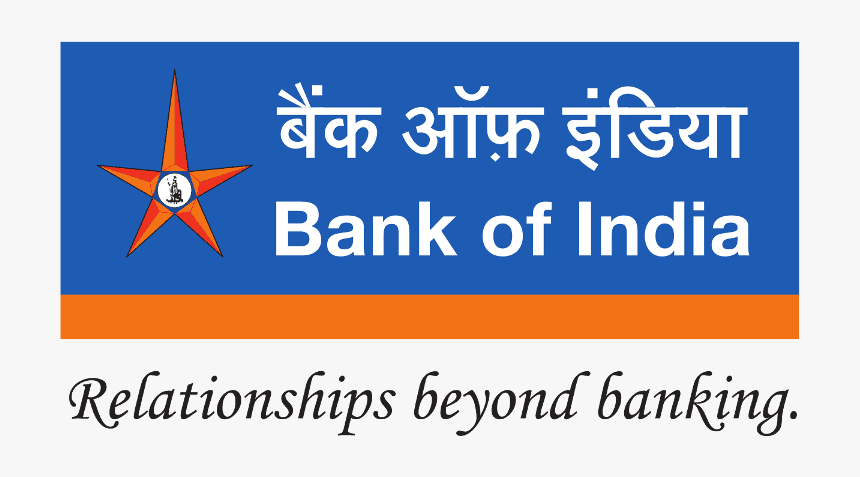



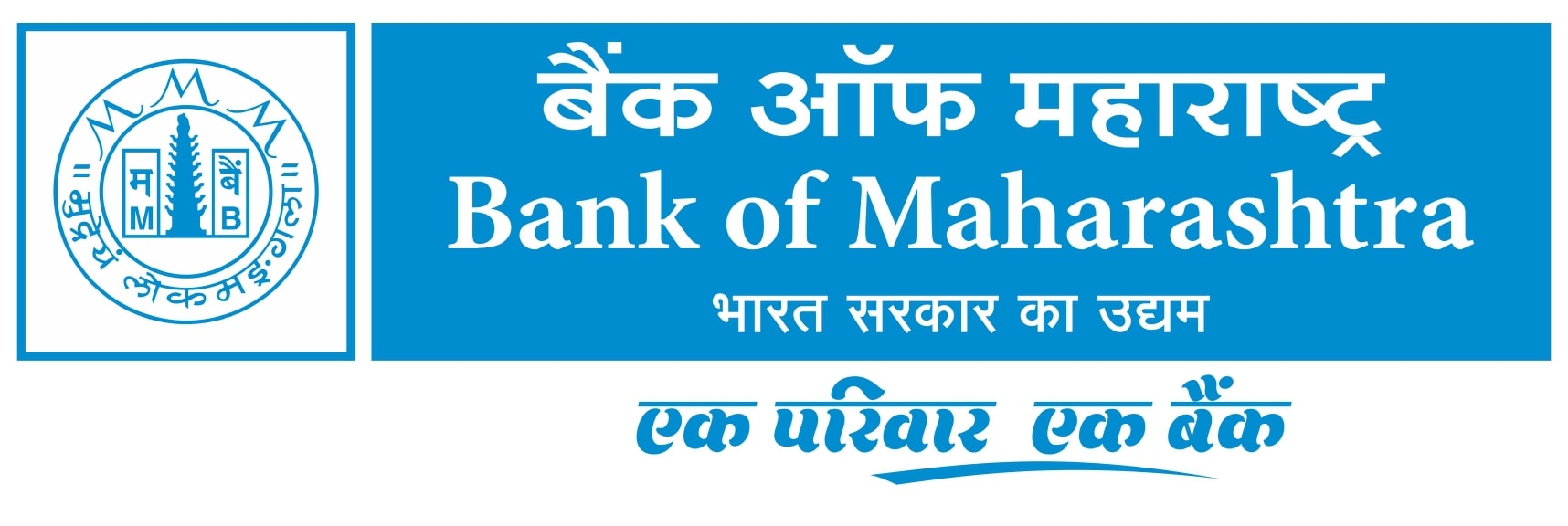
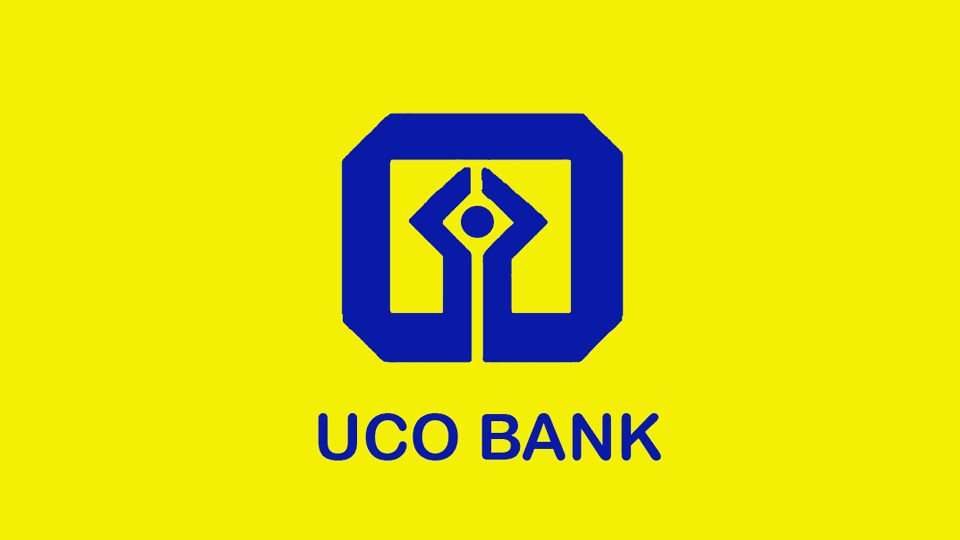
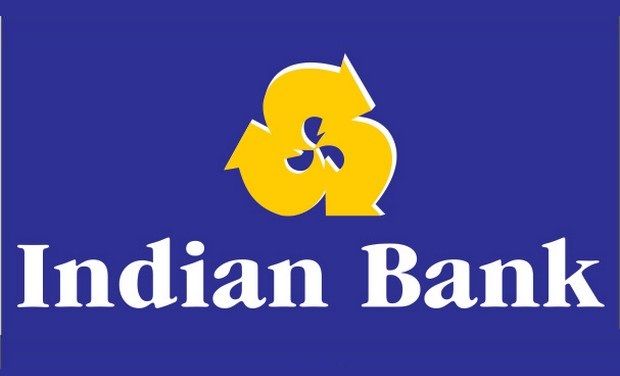

Central bank,idbi,iob,Indian Bank are small VB lenders.except Indian Bank all are loss making banks and also under RBIs PCA. How is it possible?